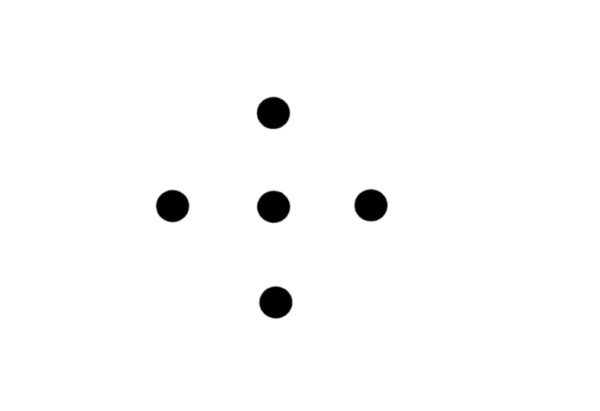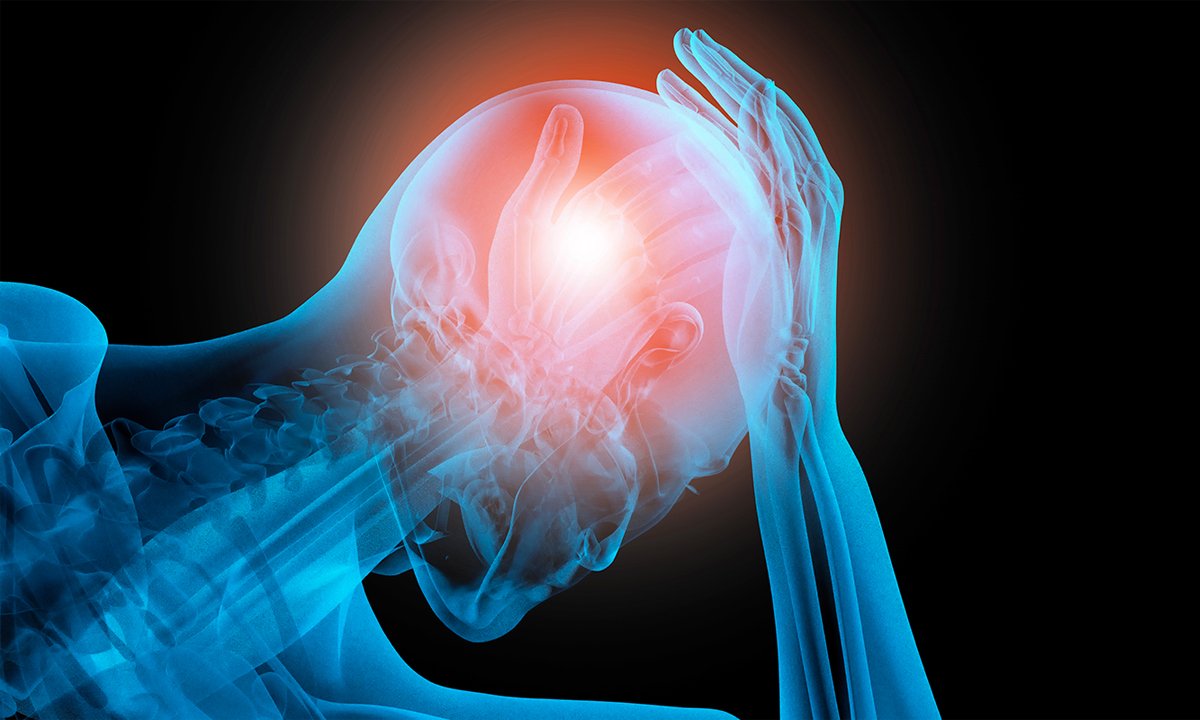Vestibular Therapy as a Drug-Free Headache Treatment Option
A workout plan for your eyes? Targeted eye exercises designed to strengthen healthy eye-tracking patterns are a natural treatment option that could offer relief to individuals navigating headache discomfort.
Tension headaches and vestibular migraines affect about 3 percent of adults. Finding relief from headaches can be frustrating, specifically for those with associated vestibular symptoms. Currently, there is no cure for vestibular migraine.
Recommended treatments for headache relief include avoiding triggers, medication, and physical therapy. Those suffering from headaches might spend much energy and time exploring limited treatments and still be left without a reliable solution.
The Connection Between Headaches and the Vestibular System
“Headaches are very common in the neuro-rehabilitation field,” said Emily Kalambaheti, a chiropractic doctor, diplomate of the American Chiropractic Neurology Board, fellow of the American College of Functional Neurology, and the director of rehabilitation at Genesis Brain Institute. Neurological rehabilitation is a therapy program for people with nervous system dysfunction. Neurological rehab can often improve function, reduce symptoms, and improve the patient’s well-being.
“With the type of work that I do, about 80 percent to 90 percent of patients that I see come in with headaches,” Kalambaheti said. Outside her clinic, the data show that about 80 percent of those who undergo this type of therapy will have a decrease in their vestibular symptoms.
What Is Vestibular Therapy?
Kalambaheti described vestibular rehabilitation therapy as using eye, head, and body movements to improve the connection between the brain and the body. Vestibular rehabilitation therapy is a functional treatment option that holds the potential to progressively lessen the symptoms of both vestibular migraine and a manifestation of a resulting tension-type headache, which any type of neck muscle tightness can cause. The vestibular therapy program consists of specific exercises that purposefully provoke the visual symptoms associated with vestibular migraine to retrain over- or underactive eye movements.
Vestibular abnormalities can cause dizziness, nausea, vertigo, migraine, and even tension-type headaches. One study shows that over 50 percent of headache sufferers reported dizziness or vertigo accompanying headaches. The purpose of vestibular rehabilitation therapy is to improve gaze and postural stability.
What Is the Vestibular System?
The vestibular system concerns the inner ear and a person’s sense of balance. “The vestibular system is so foundational. It is the movement perception center. When those basic functions are not accurate, you are not going to feel good,” Kalambaheti explained. She described two eye movements that dictate the perception of movement and space.
The first eye movement is the smooth pursuit. Precision enables the eye to track a moving target smoothly.
When there is a lag in pursuit movement, there is more effort and strain on the eye while tracking.
The second eye movement is a saccade. Saccades are quick, jumping movements of the eye from one stationary object to the next. These eye movements are faster and shorter than pursuits and recruit different brain regions.
Irregularities of both saccades and smooth pursuits can result from a head injury, concussion, developmental delay, neurodegenerative conditions, and vestibular lesions. These irregular eye movements cause vestibular abnormalities because the perception of movement has been altered. Discrepancies in both smooth pursuit and saccadic eye movements are a cause of chronic eye strain and fatigue, which often leads to headaches.
Could Vestibular Irregularities Be Causing Your Headaches?
Kalambaheti described a simple test you can do at home to target vestibular system abnormality as the possible root cause of your headaches.
Simply place a small target on a wall at arm’s length. Focus your eyes on the target and move the head up and down, then side to side while keeping your gaze on the target. If the target becomes blurry and the action is followed by dizziness or discomfort, this is a strong sign that you will likely benefit from vestibular rehabilitation therapy. This visual activity does not normally provoke vertigo when performed with a healthy vestibular system.
If saccades and smooth pursuits engage normally, moving and stationary objects are tracked in a manner that stabilizes gaze and balance without the need for the head or eyes to rapidly reposition to accommodate the tracking movement.
When an eye movement irregularity is introduced for any reason, the individual’s movement and center of gravity are distorted. A typical scene may look tilted or out of focus.
Visual distortion misrepresents visual space, movement, and positional spatial cues in the body. This inaccurate visual perception is often the cause of a loss of proprioceptive accuracy (the body’s ability to sense its location and movements) and awareness of head and neck positioning.
As the eye scrambles to focus on maintaining a stable gaze, head posture can automatically shift or rotate to compensate for the distorted tilt and movement. Even if these musculoskeletal compensatory adjustments are minor, the abnormal substitutional positioning of the unaligned head and neck can cause an additionally burdensome tension-type headache over time.
Vestibular rehabilitation therapy utilizes only horizontal and vertical movements of the head and eyes. The goal is to retain fixation on a target while moving the head or eyes independently at varying speeds.
How to Start Vestibular Rehabilitation Training
Based on the cause and variation of eye tracking patterns and pursuit abnormalities among individuals, vestibular rehabilitation is ideally a personalized treatment overseen by a trained therapist. Professionals have the tools to assess the patient’s personal habituation status and will be able to design a customized rehabilitation plan, giving the patient the best chance at lasting symptom management.
Professionals trained in vestibular therapy include physical therapists, neurologists, certified functional neurologists, and neuro-optometrists. General gaze and posture stability training can also be implemented as an at-home practice to improve balance, stability, and visual performance.
“Vestibular rehabilitation therapy can be very high-tech or very simple,” Kalambaheti explained. Below are two exercises she suggests to improve smooth pursuits and saccades at home.
Smooth Pursuit Exercise
Choose a series of targets. One should be in the center, and four additional targets should be evenly spaced around the center point.

Starting at the center point, move the eyes only from the center target to each surrounding target while keeping the head stationary.
Next, focus only on the center target and move the head up and down while keeping the gaze on the center target. Next, repeat with a side-to-side head motion.
Saccade Exercise
Choose a series of objects evenly spaced. Practice quickly moving eyes from one target to the next. If no symptoms are provoked, gradually space the objects further and further apart. Continue to improve quick movements with increasingly larger distances.
As gaze is stabilized through daily workouts, the frequency of headaches should lessen over time. The timeline for unlearning improper eye movements will vary among individuals depending on the cause and severity of their vertigo. The recommended head and eye movement routines should be repeated in 10 to 20 repetitions in multiple increments daily.
Kalambaheti warned that if any vestibular exercises bring nausea, they are either being done too frequently or incorrectly. “Don’t keep practicing too much or the wrong way, ” she said. “Do something you can do with accuracy, stabilize, and then progress.” Progress, like other physical therapy modalities, should be seen to increase with a committed practice.




